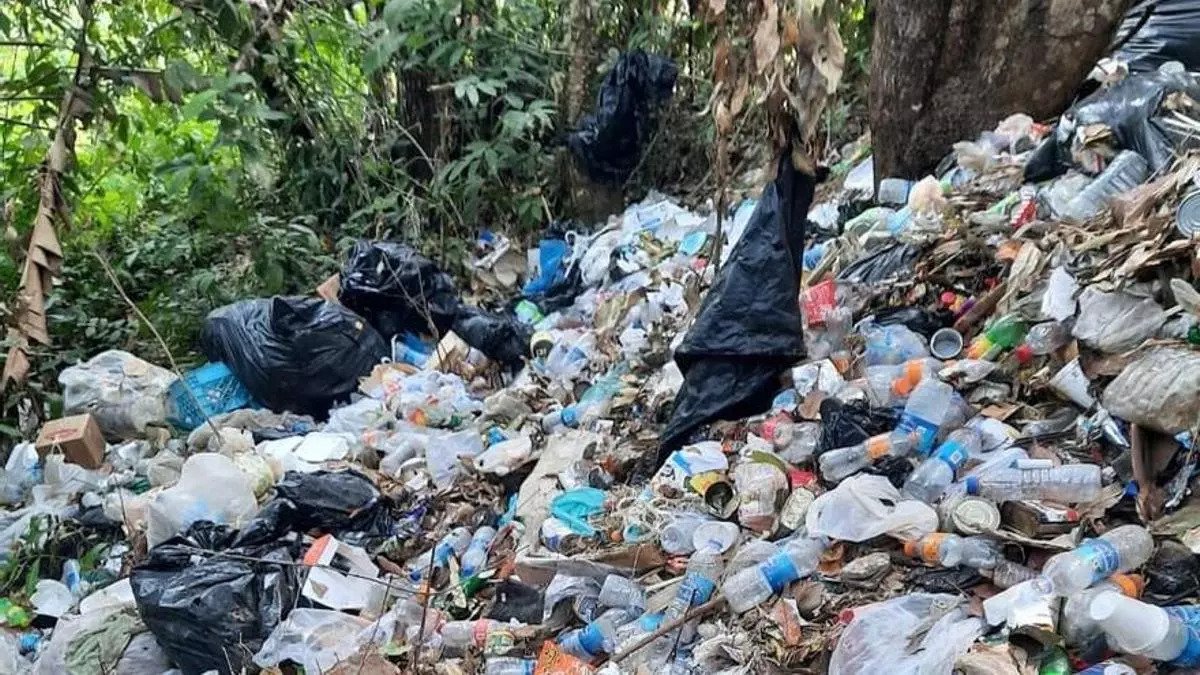The environmental impact of the migration crisis

The migration crisis, in addition to having a social and economic impact, also hits the environment, as thousands of migrants enter Panama through the Darién jungle, leaving a trail of pollution, due to the constant passage that alters natural ecosystems such as forests and rivers reports TVN.
According to data from the Ministry of the Environment (MiAmbiente), the migratory movement is visible within the Darién National Park, it’s 579,000 hectares the largest protected area in Central America declared a World Heritage Site by UNESCO in 1981 for having elements of outstanding beauty and in recognition of its global importance.
MiAmbiente reiterates that the area has been seriously affected by the passage of migrants.
Many of the migrants even leave part of their luggage, clothing, and personal items that later become garbage. All this is sanitary damage, which affects the ecological integrity of the Park.
Favio Gómez, head of the Darién National Park, said that during patrols shops have been found in various parts of the park.
Migrants are forced to travel on land and water until they leave the park, although they often get lost in the vast forested area.
He indicated that 63% of the known fauna of Panama is found in the park. There are 174 identified mammal species, of scientific importance and in danger of extinction.
Gómez emphasized that the main problem as a result of migration is contamination; however, there is also hunting, since many are forced to extract animals from the natural environment as a method of subsistence for so many days inside the forest.
Bird species
Some important bird species are the harpy eagle (Harpia harpyja), the macaw (Ara chloroptera), the blue and yellow macaw (Ara ararauna), the green macaw (Ara ambigua), and the scarlet macaw (Ara severa).
There are also others in danger of extinction such as the jaguar or tiger (Panthera onca), the male of the bush (Tapirus bairdii, the wild pig (Tayassu pecari), the puma (Puma concolor), the spider monkey (Ateles fusciceps), the titi monkey (Saguinus geoffroyi), the mountain goat (Mazama americana), the horse bear (Myrmecophaga tridactyla).





